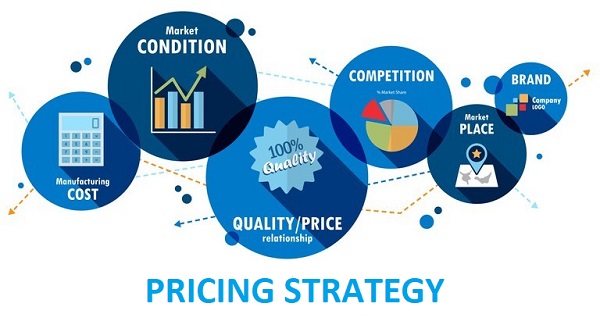
Whether you’re a manufacturer, distributor, or retailer in the steel industry, strategic pricing can make a significant difference in your market position. Here are 10 effective pricing strategies to help you set competitive prices for steel products:
1. Cost-Plus Pricing
Calculate the total cost of producing or acquiring the steel products, then add a markup to determine the selling price. This straightforward approach ensures that all costs are covered while generating a profit.
2. Competitive Pricing
Research competitors’ prices for similar steel products. Set your prices either at par with or slightly below competitors to attract price-sensitive customers while maintaining profitability.
3. Value-Based Pricing
Determine the value proposition of your steel products based on quality, reliability, and customer service. Price your products according to the perceived value they offer to customers, aligning with their willingness to pay.
4. Skimming Pricing
Initially set higher prices for new or unique steel products to capitalize on early adopters and customers willing to pay a premium. Gradually lower prices as competition increases or market demand stabilizes.
5. Penetration Pricing
Set lower prices than competitors to gain market share quickly. This strategy is effective for new entrants or businesses looking to expand their customer base rapidly.
6. Bundle Pricing
Offer discounts or incentives when customers purchase steel products in bundles or packages. This strategy encourages larger purchases and enhances customer value perception.
7. Psychological Pricing
Use pricing tactics such as charm pricing (e.g., $9.99 instead of $10) or prestige pricing (setting higher prices to convey superior quality or exclusivity). These subtle adjustments can influence purchasing decisions.
8. Promotional Pricing
Temporarily lower prices through sales, discounts, or promotions to stimulate demand or clear excess inventory. Promotional pricing can create urgency and attract price-conscious buyers.
9. Dynamic Pricing
Adjust prices in real-time based on market demand, seasonality, or changes in raw material costs. Dynamic pricing algorithms help optimize revenue and maintain competitiveness.
10. Anchor Pricing
Display a high-priced steel product alongside similar but lower-priced options to make the lower prices seem more attractive and justifiable. This tactic can guide customers toward higher-margin products.




